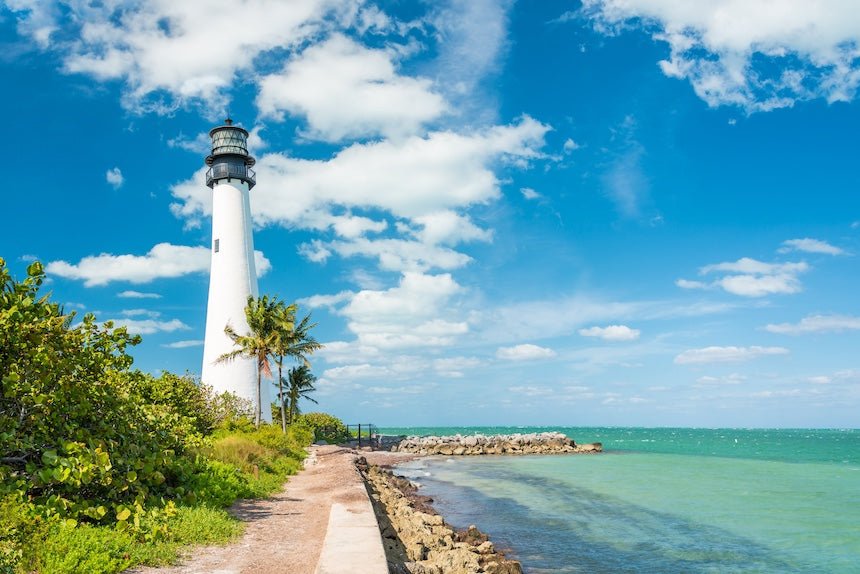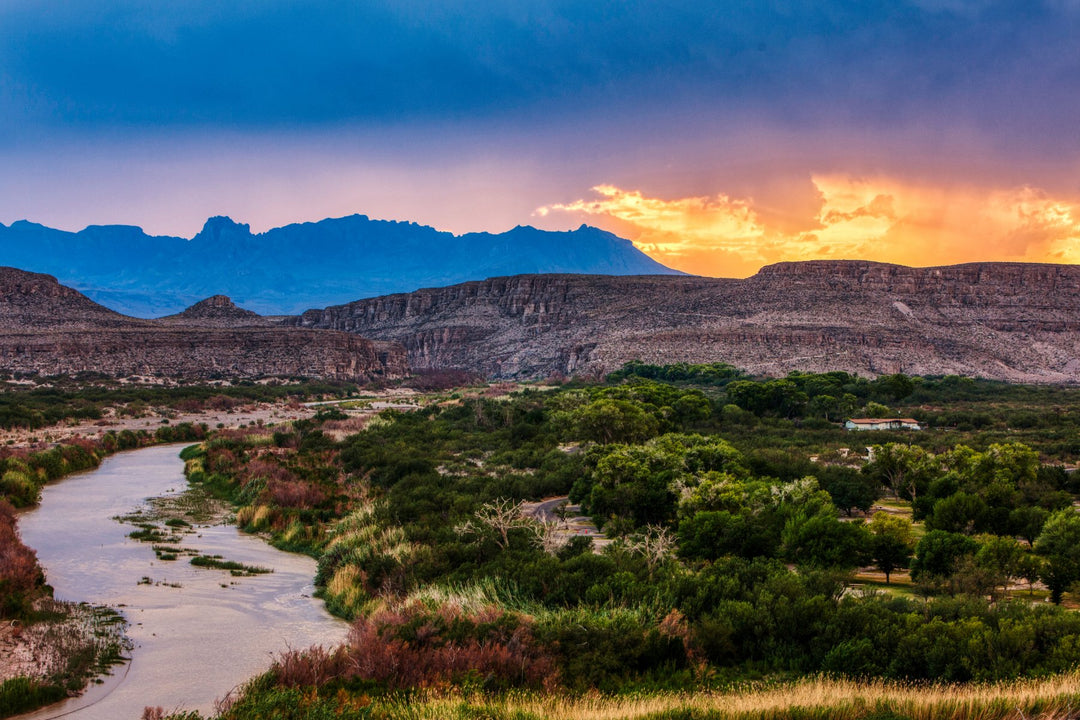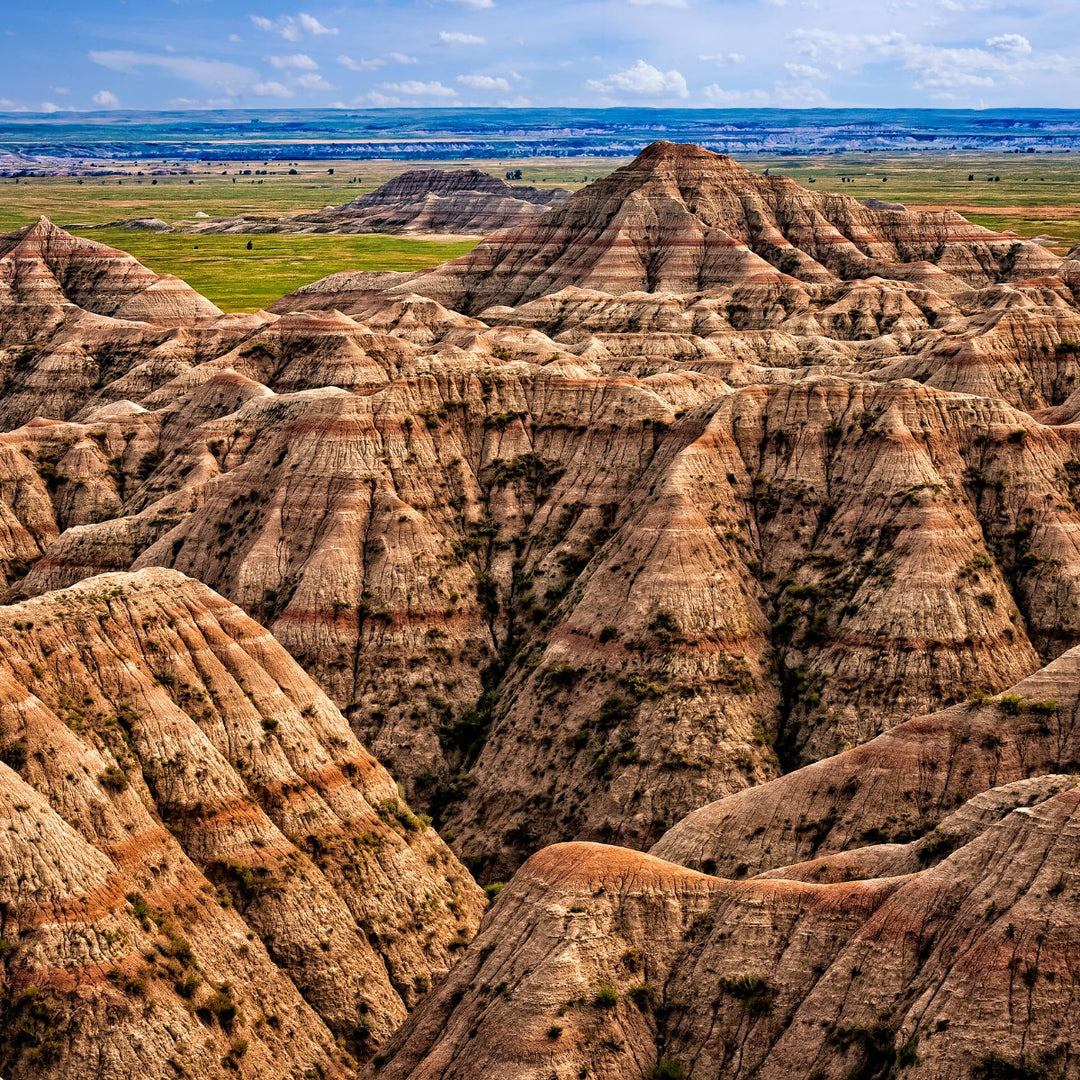10 of the Most Sought-After Sights within Joshua Tree National Park

In Southern California, Joshua Tree National Park is a large nature reserve defined by steep volcanic rocks and harsh desert vistas. The park borders the cactus-speckled Colorado Desert and the cooler and higher Mojave Desert, named for South California’s gnarly and bristled Joshua trees. The Coachella Valley can be seen from Keys View. Trekking routes wind their way across Hidden Valley's rocks, making it a land of remarkable contrasts that exist in nature.
If you love going to national parks you’re definitely in for a treat with this one. Here are 10 of the most sought-after sights within the Joshua Tree National Park that you must visit when there!
Skull Rock

Skull Rock, in Joshua Tree National Park, is a famous boulder that resembles a human skull. This well-known landmark is simple to see and can even be seen from Park Boulevard. The trip to the head-shaped sandstone formation may be extended from Temescal Canyon Loop, increasing the total distance to 3.9 miles. Trailheads that are farther up Temescal Ridge may also lead to Skull Rock.
Cholla Cactus Garden

The Cholla Cactus Garden Nature Trail is about 12 miles (21 kilometers) south of the facility's north gate. Its flat loop brings hikers through roughly 10 acres (5 hectares) of scenery characterized by the teddy bear cholla.
The Pinto Basin, a huge stretch of alluvial plains blanketed with burrobush (Ambrosia dumosa) and creosote bush (Larrea tridentata), is home to this peculiar cactus stand. In the park, there are just a few teddy bear cholla kiosks.
Desert Starvine, Teddy Bear Cholla, Hedgehog Cactus, Desert Lavender, Desert Senna, Trixis, and Schott's Indigo Bush are other varieties you can easily spot on the trail.
Keys View

The 20-minute trip from Park Boulevard along Keys View Road towards this popular site, positioned on the summit of Little San Bernardino Mountains and offering an eagle eye lookout of Coachella Valley is definitely worth it.
This viewpoint, which is located at a height of 5,185 feet, provides panoramic views of the Coachella Valley. A 0.2-mile circle walk brings you to the peak, where you can see vistas like the Salton Sea, which lies almost 230 ft below the surface.
Hidden Valley Nature Trail

Hidden Valley would be best described as a one-mile self-guided circular route that goes around enormous that passes through an ancient refuge of a renowned cattle rustler. This is among Joshua Tree National Park's finest and picturesque trekking paths.
The region is also well-known for rock climbing sports. Bill Keys, a wilderness pioneer, reportedly created a path in the rocky walls to facilitate accessibility for cattle herds in 1963, as per numerous reports. This is now the primary entrance to Hidden Valley.
Jumbo Rocks Campground

Among Joshua Tree National Park's greatest campsites is the Jumbo Rocks Campground. The park includes 126 RV, trailer, plus tent campsites nestled amid massive granite rocks.
You may have 1-2 cars and 4-6 persons depending on where you choose to stay on the campsite. The majority of campgrounds allow just one car and thus are especially suitable for camping. There are vault/pit toilets and an amphitheater at the campsite.
Barker Dam

Barker Dam, which is also called the Big Horn Dam, is an embankment in Joshua Tree National Park, California, containing a water-storage tank. The structure was built by early cattle ranchers in 1900, notably C. O. Barker.
Meet rock climbers, see large and little species, struggle over rocks, and trek through desert washes. Take a look at the distant San Gorgonio Peak. View the beautiful Mojave Desert's plant growth, which includes Creosote, Joshua trees, Pinon Pines, Mojave yucca, and other species.
Arch Rock

Inside the granite outcrops around White Tank Campground, one can opt. for a short trek to Arch Rock. Anybody camping at White Tank Campground should take a trip around the campground's circle, which is both simple and fun.
Many park visitors enjoy a 1.3-mile loop lollipop trek that starts at the Pinto Basin Road trailhead. A route towards Arch Rock may be found inside White Tank Campground. Take the left fork in the road as you enter the campsite.
Alongside campground nine, a walkway leads to Arch Rock. The archway is located about a 1/8th of a block away from the route and is easily visible.
Ryan Mountain

Ryan Mountain, at 5,456 feet, is one of the highest peaks in Joshua Tree National Park. The path to the top is a difficult 1.5-mile climb that ascends 1,050 feet. Quail Mountain (5,816 ft/1773 m) is the highest peak in Joshua Tree National Park.
Since it provides panoramic views of Lost Horse Valley, Pinto Basin, Pleasant Valley, and Queen Valley, this point is a tourist magnet. Ryan Mountain Route is a moderately-trafficked 4.8-kilometer round trail situated in Twentynine Palms, California where you can view magnificent wildflowers.
Cottonwood Spring

Cottonwood Spring Oasis, one of Joshua Tree National Park's mysteries, is only 7 miles from Joshua Tree's southern entrance. The Cahuilla People frequented the spring, which was formed by seismic activity, for generations, and left behind bedrock crushers and cooking pots, called ollas, in the vicinity.
Cottonwood Spring is the starting point for a variety of walks. A short, pleasant stroll right down the Cottonwood Wash goes to a dried fall, passing through a small oasis. The falls may become a spectacle of flowing water and crimson-speckled toads during rainy seasons. Each morning, elkhorn sheep usually start coming up the Cottonwood Wash seeking water.
Cabot's Pueblo Museum
Cabot's Pueblo Museum is really an American historical site museum near Desert Hot Springs, California, that was created by Cabot Yerxa, who is a founder of Colorado Desert.
This is a massive Hopi-style pueblo constructed in the classical Pueblo Renaissance Style that houses artworks, relics from American Indians as well as Alaska Native civilizations, and mementos from early desert homesteading life. Cabot's Trading Post, Cabot's Old Indian Pueblo Museum, and Yerxa's Discovery are all different names for the same museum.
Among the many reasons why one should visit Joshua Tree, is the fact that it is home to a diverse range of species as well as magnificent scenery. It is one of the surefire places where you can spot a roadrunner that outsmarts Wile E. Coyote with its quick thinking and speed! So don’t hesitate and plan your next trip!






Leave a comment